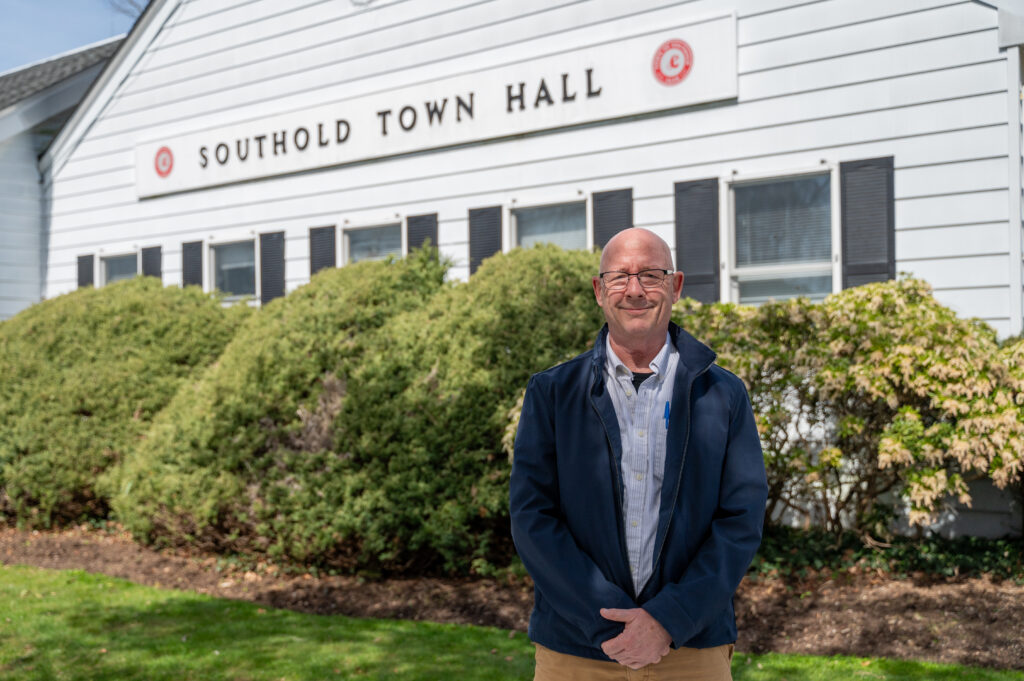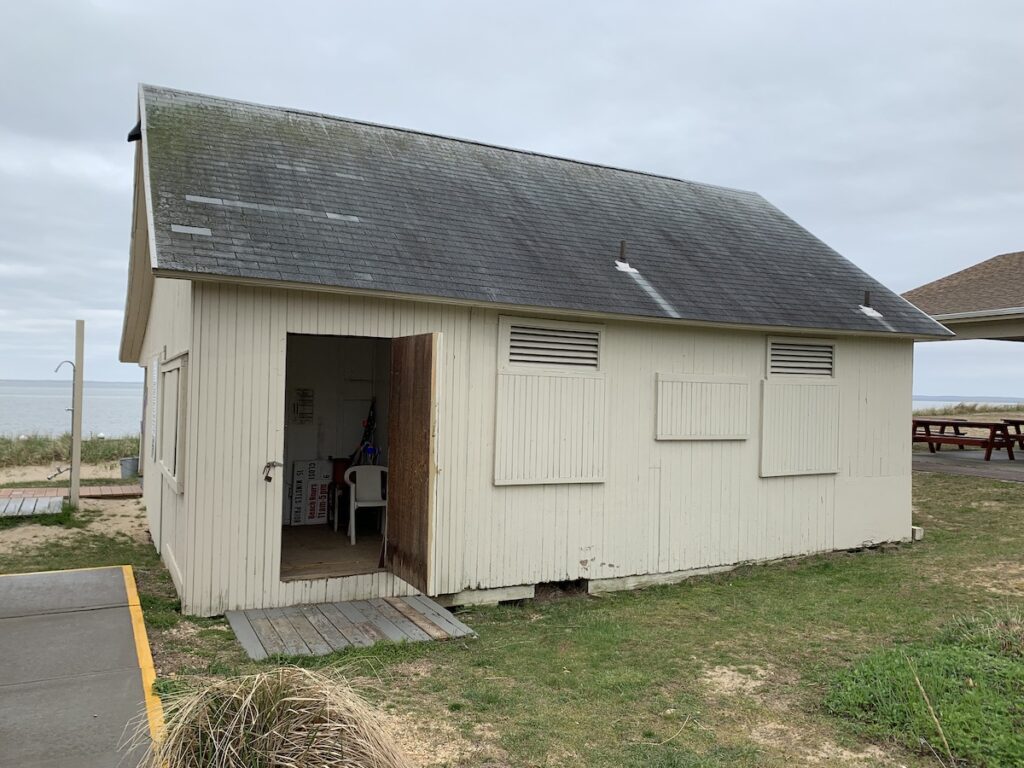Editorial: The North Fork wine industry is a success

On Saturday night, winemakers from across the region celebrated the remarkable success of Long Island’s wine industry, commemorating the beginning of the endeavor on the North Fork.
In 1973, Alex and Louisa Hargrave planted their first vines on a former potato farm in Cutchogue, and the 50th anniversary of that historic planting was the occasion for Saturday’s event at Peconic Bay Vineyards in Cutchogue.
A young couple, the Hargraves were looking for a bold venture. And they certainly found it. They had done research that told them the North Fork would be a great place to plant European wine grape varieties. They also knew that John Wickham, a Cutchogue farmer with deep roots on the North Fork, had experimented successfully with table grapes.
The Wickham experiment begged the question: Why not wine grapes? The soil was some of the best in the country, with a typical growing season as long as 233 days. That meant long days of bright sunshine on new vines in prime soil that compared to the most favorable wine-producing regions in France.
So they bought the farm and began planting. And in so doing, with that first vine in the ground, they made history and started something that would grow enormously over the next decades.
According to the New York Wine and Grape Foundation, there are 82 wineries on Long Island covering more than 2,000 acres, with the heart of the industry on the North Fork. Total yearly revenue from the industry is something like $113 million. A half-million cases of wine are produced yearly.
All this from a single vineyard in a former potato field started by a couple with some big dreams. One media report quoted Louisa Hargrave at the party as saying, “We came here because we were confident that this was the best place to grow the best grapes in the world — and we were proven to be correct.”
Indeed they were.
Earlier this month, Paumanok Vineyards in Aquebogue won the very prestigious Winery of the Year Award and the Governor’s Cup at the 2023 New York Wine Classic. Over 700 wines from more than 108 New York State wineries were entered in the competition.
The Hargraves’ early plantings brought Paumanok’s founders, Charles and Ursula Massoud, out to the North Fork to see for themselves. According to their son Kareem Massoud, the winemaker at Paumanok, his parents read a story in The New York Times about the Hargraves and drove out to Cutchogue to meet them.
By 1983, a decade after the Hargraves’ arrival, the Massouds were planting on 42 acres in Aquebogue. The wine that won the Governor’s Cup was a 2019 late harvest sauvignon blanc.
As the North Fork’s wine industry continues to flourish, there are challenges ahead. Exactly what climate change will do to the region has yet to be known. But it’s here, and more changes will come.
Some vineyards are experimenting with using fewer chemicals on their vines. That practice will surely spread to other vineyards. Many of the vineyards are now surrounded by eight-foot fences to keep marauding deer herds from damaging their vines. Unless the deer herd is sharply reduced, even more farms and vineyards will have to install fencing to keep them out.
Another challenge, not just for the wineries but for everyone on the North Fork, is the traffic that comes to the East End in the height of the season, for the vineyards, the farm stands and, of course, the sheer beauty of the region. Our roads are essentially former farm roads, and the big tour buses and limos that frequent the vineyards have presented a challenge of their own.
But as potato farms began to disappear in the early and mid-1980s, the vineyards stepped in. And we are grateful for that.








